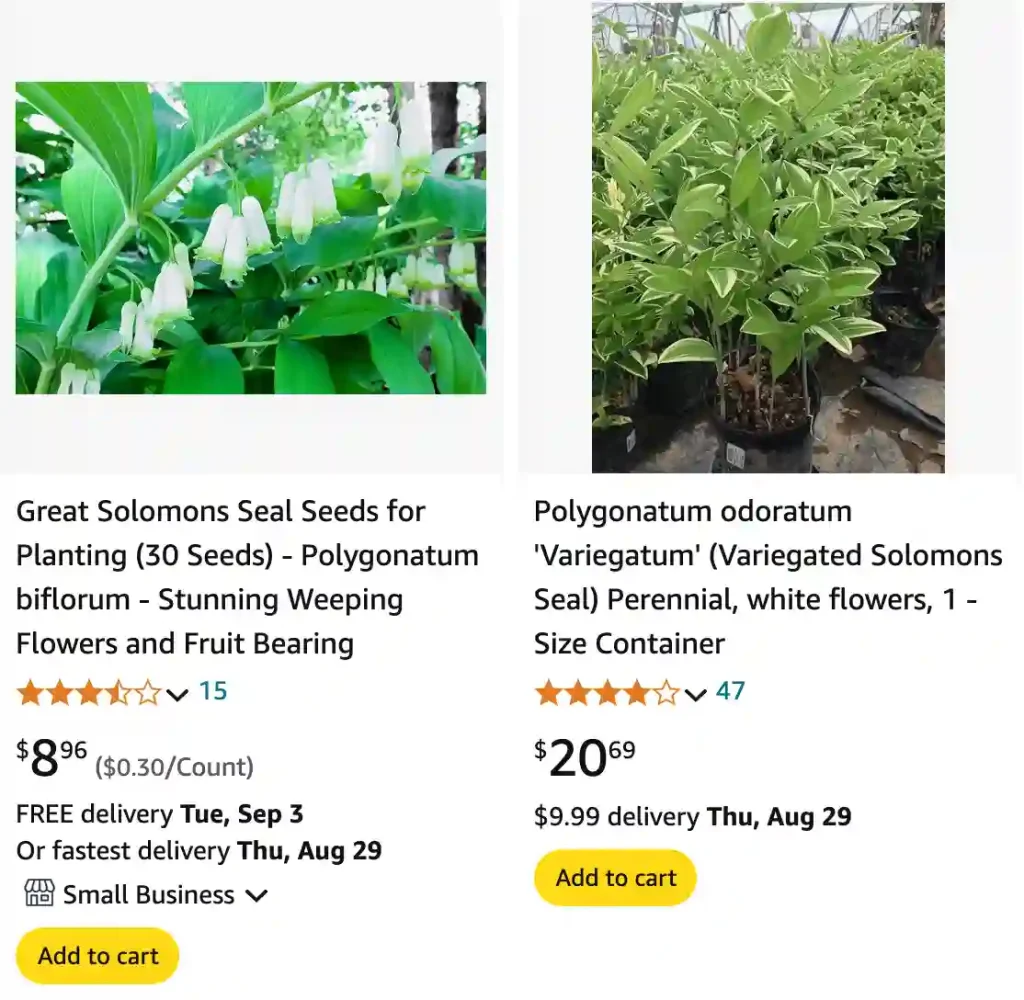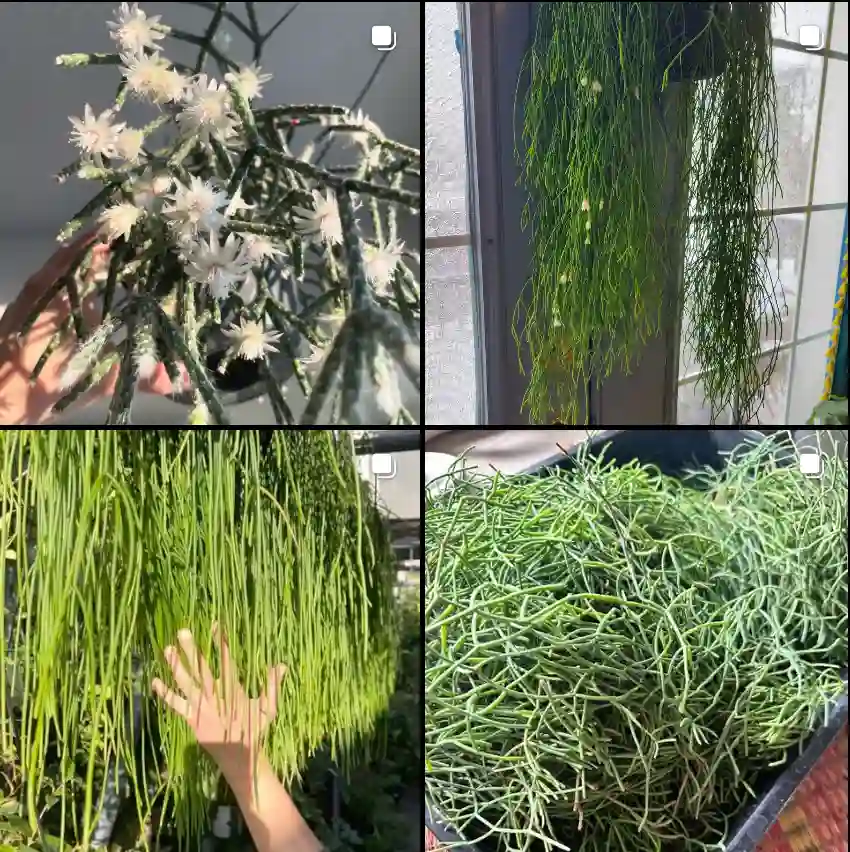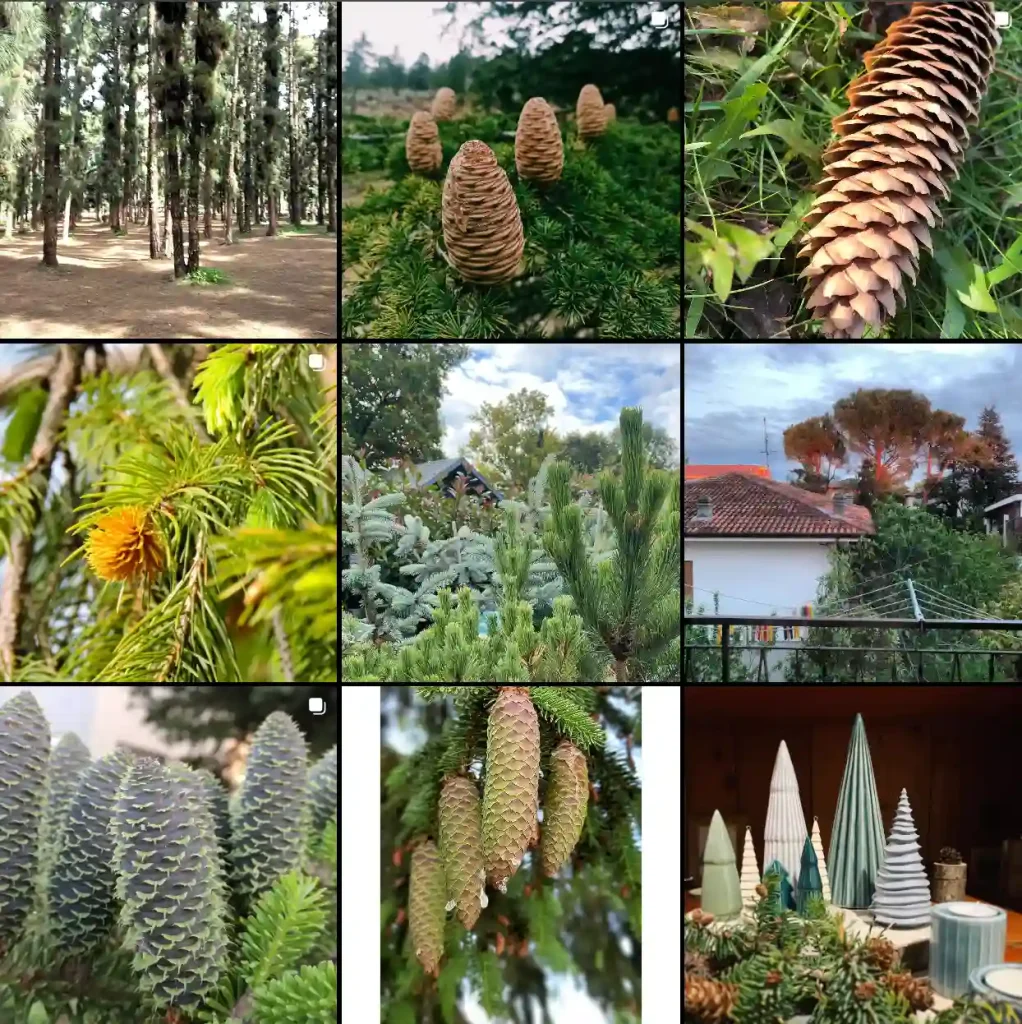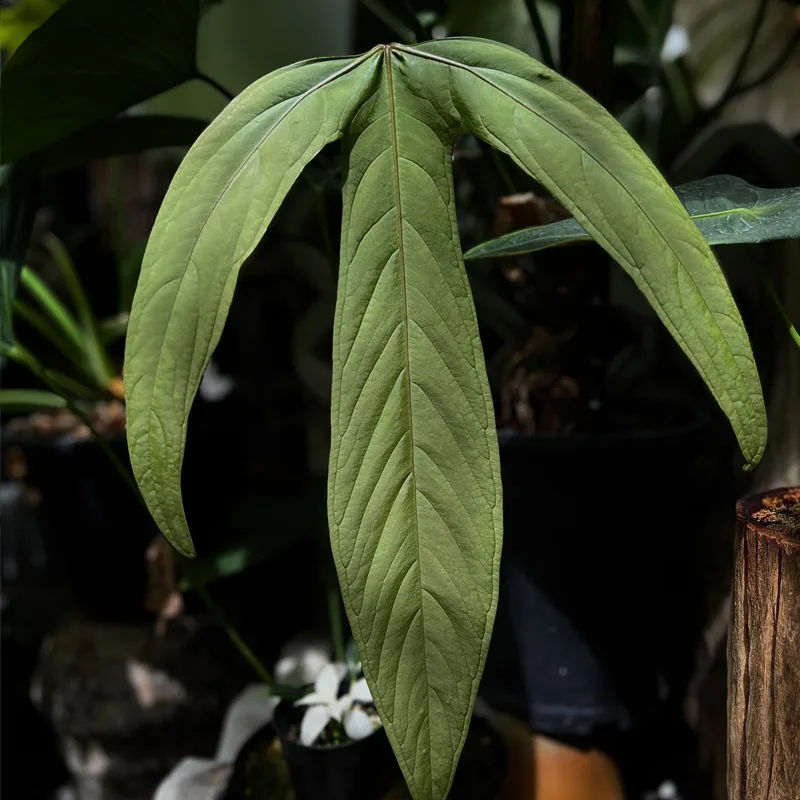
FAQs About Solomon’s Seal
Solomon’s Seal is one of those garden plants that has a certain mystique about it. The name itself conjures images of ancient traditions and secret gardens. As someone who enjoys gardening, I often get questions about this plant. Here, I’ll go over some of the most common questions I get about Solomon’s Seal, aiming to clear up any confusion and provide practical advice for those looking to add this charming plant to their garden.
What is Solomon’s Seal?
Solomon’s Seal, scientifically known as Polygonatum, is a perennial plant with graceful arching stems and pairs of small, tubular flowers that hang underneath the leaves. The plant belongs to the Asparagaceae family and is native to the temperate regions of North America, Europe, and Asia. The flowers, usually white or greenish-white, bloom in late spring to early summer, and by fall, they give way to small blue-black berries. The leaves turn a beautiful shade of yellow in the fall, adding to the plant’s seasonal appeal.
Polygonatum species
- Polygonatum acuminatifolium Kom.
- Polygonatum adnatum S.Yun Liang
- Polygonatum amabile Yatabe
- Polygonatum angelicum Floden
- Polygonatum annamense Floden
- Polygonatum arisanense Hayata
- Polygonatum autumnale Floden
- Polygonatum × azegamii (Ohwi) M.N.Tamura
- Polygonatum biflorum (Walter) Elliott
- Polygonatum bifolium Floden & K.Armstr.
- Polygonatum binatifolium S.R.Yi & H.X.Zhu
- Polygonatum brevistylum Baker
- Polygonatum × buschianum Tzvelev
- Polygonatum campanulatum G.W.Hu
- Polygonatum cathcartii Baker
- Polygonatum caulialatum S.R.Yi
- Polygonatum cirrhifolium (Wall.) Royle
- Polygonatum costatum Floden
- Polygonatum cryptanthum H.Lév. & Vaniot
- Polygonatum curvistylum Hua
- Polygonatum cyrtonema Hua
- Polygonatum daminense H.J.Yang & D.F.Cui
- Polygonatum × desoulavyi Kom.
- Polygonatum × domonense Satake
- Polygonatum falcatum A.Gray
- Polygonatum filipes Merr. ex C.Jeffrey & McEwan
- Polygonatum franchetii Hua
- Polygonatum geminiflorum Decne.
- Polygonatum glaberrimum K.Koch
- Polygonatum gongshanense L.H.Zhao & X.J.He
- Polygonatum govanianum Royle
- Polygonatum graminifolium Hook.
- Polygonatum grandicaule Y.S.Kim, B.U.Oh & C.G.Jang
- Polygonatum griffithii Baker
- Polygonatum hirtellum Hand.-Mazz.
- Polygonatum hookeri Baker
- Polygonatum humile Fisch. ex Maxim.
- Polygonatum hunanense H.H.Liu & B.Z.Wang
- Polygonatum × hybridum Brügger
- Polygonatum inflatum Kom.
- Polygonatum infundiflorum Y.S.Kim, B.U.Oh & C.G.Jang
- Polygonatum involucratum (Franch. & Sav.) Maxim.
- Polygonatum jinzhaiense D.C.Zhang & J.Z.Shao
- Polygonatum kingianum Collett & Hemsl.
- Polygonatum × krylovii (Ameljcz. & Malachova) A.L.Ebel
- Polygonatum lasianthum Maxim.
- Polygonatum latifolium (Jacq.) Desf.
- Polygonatum leiboense S.C.Chen & D.Q.Liu
- Polygonatum longistylum Y.Wan ex C.Z.Gao
- Polygonatum luteoverrucosum Floden
- Polygonatum macranthum (Maxim.) Koidz.
- Polygonatum macropodum Turcz.
- Polygonatum megaphyllum P.Y.Li
- Polygonatum mengtzense F.T.Wang & Tang
- Polygonatum multiflorum (L.) All.
- Polygonatum nervulosum Baker
- Polygonatum nodosum Hua
- Polygonatum odoratum (Mill.) Druce Plant FAQs: Polygonatum Odoratum
- Polygonatum omeiense Z.Y.Zhu
- Polygonatum oppositifolium (Wall.) Royle
- Polygonatum orientale Desf.
- Polygonatum praecox Y.F.Hu & J.W.Shao
- Polygonatum prattii Baker
- Polygonatum × pseudopolyanthemum Miscz. ex Grossh.
- Polygonatum pubescens (Willd.) Pursh
- Polygonatum punctatum Royle ex Kunth
- Polygonatum qinghaiense Z.L.Wu & Y.C.Yang
- Polygonatum robustum (Korsh.) Nakai
- Polygonatum roseum (Ledeb.) Kunth
- Polygonatum sewerzowii Regel
- Polygonatum sibiricum Redouté
- Polygonatum singalilense H.Hara
- Polygonatum sparsifolium F.T.Wang & Tang
- Polygonatum stenophyllum Maxim.
- Polygonatum stewartianum Diels
- Polygonatum × tamaense H.Hara
- Polygonatum tessellatum F.T.Wang & Tang
- Polygonatum tsinlingense Tsui
- Polygonatum tungnathense Ankit Singh, Harsh Singh & M.C.Nautiyal
- Polygonatum undulatifolium Floden
- Polygonatum urceolatum (J.M.H.Shaw) Floden
- Polygonatum verticillatum (L.) All.
- Polygonatum wardii F.T.Wang & Tang
- Polygonatum yunnanense H.Lév.
- Polygonatum zanlanscianense Pamp.
- Polygonatum zhejiangensis X.J.Xue & H.Yao
Why is it Called Solomon’s Seal?
The name “Solomon’s Seal” comes from the belief that the scars left on the rhizome, where old stems have fallen off, resemble the ancient seal of King Solomon. The name hints at the plant’s long history of use in herbal medicine and its association with wisdom and healing. The plant’s roots and rhizomes have been used traditionally to treat a variety of ailments, contributing to its mystical and historical aura.
Is False Solomon’s Seal Poisonous?
Yes, False Solomon’s Seal (Maianthemum racemosum) is considered mildly toxic. While the berries and leaves are not highly poisonous, ingestion can cause gastrointestinal discomfort. False Solomon’s Seal is often mistaken for true Solomon’s Seal due to their similar appearance, but they belong to different genera. Knowing the difference is important, especially if you’re growing these plants in a garden with children or pets.
Is Solomon’s Seal Invasive?
Solomon’s Seal is not generally considered invasive. It spreads by rhizomes, gradually forming colonies over time. While it does spread, it does so at a manageable rate and is not aggressive like some other perennials. However, if you’re concerned about it spreading too much, it’s easy to control by dividing the clumps every few years.
How to Grow Solomon’s Seal?
Growing Solomon’s Seal is relatively straightforward. The plant prefers shady to partially shady areas with well-drained, humus-rich soil. It thrives in moist, woodland-like conditions, making it a great choice for woodland gardens or shaded borders. Plant the rhizomes in the spring or fall, burying them about 1 to 2 inches deep. Water regularly, especially during dry spells, to keep the soil consistently moist but not waterlogged.
Is Solomon’s Seal Deer Resistant?
One of the great things about Solomon’s Seal is that it is deer resistant. While no plant is entirely deer-proof, deer tend to avoid Solomon’s Seal, making it a good choice for gardens where deer are a problem. The plant’s mild toxicity and bitter taste deter deer and other browsing animals.
Where to Plant Solomon’s Seal?
Solomon’s Seal is perfect for shady spots in the garden. It’s an excellent choice for underplanting beneath trees and shrubs, where it can form a lush green carpet. It also works well in shade gardens, along woodland edges, or in mixed borders where it can provide height and structure. The plant’s graceful form and seasonal interest make it a versatile addition to many garden settings.
Does Solomon’s Seal Die Back in Winter?
Yes, Solomon’s Seal is a herbaceous perennial, which means it dies back to the ground in winter. The plant’s stems and leaves will wither and turn brown as temperatures drop, but the rhizomes remain alive underground. Come spring, new shoots will emerge, bringing the plant back to life.
Is Solomon’s Seal Edible?
Solomon’s Seal has a history of use as an edible and medicinal plant. The young shoots can be eaten like asparagus when cooked, and the rhizomes have been used in traditional medicine. However, caution is advised, as parts of the plant are mildly toxic, especially if consumed in large quantities. If you’re interested in foraging or using Solomon’s Seal medicinally, it’s best to consult with an expert.
Can You Grow Solomon’s Seal in a Pot?
Yes, Solomon’s Seal can be grown in a pot. Choose a large, deep pot to accommodate the plant’s rhizomes and ensure good drainage. Use a high-quality potting mix and place the pot in a shaded or partially shaded location. Regular watering is essential, as potted plants dry out faster than those in the ground. With the right care, Solomon’s Seal can thrive in a container, making it a great option for patios and small gardens.
Solomon’s Seal vs. False Solomon’s Seal
While both plants have similar names and appearances, Solomon’s Seal (Polygonatum) and False Solomon’s Seal (Maianthemum racemosum) are different. The main distinction is in their flowers. Solomon’s Seal has small, bell-shaped flowers that hang in pairs beneath the leaves, while False Solomon’s Seal has clusters of small white flowers at the tips of the stems. Knowing the difference can help gardeners choose the right plant for their garden needs.
Conclusion
Solomon’s Seal is a beautiful and versatile plant that can add charm to any shady garden area. Its graceful arching stems, seasonal interest, and ease of care make it a favorite among gardeners. Whether you’re looking to fill a shady corner, create a woodland garden, or add a touch of elegance to a mixed border, Solomon’s Seal is a plant worth considering. With this guide, I hope to have answered some of the common questions about Solomon’s Seal and inspired you to explore this lovely perennial further.
If i die, water my plants!



